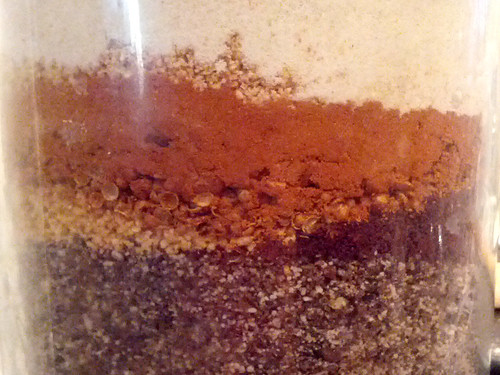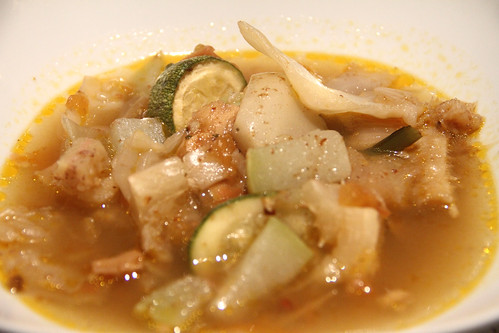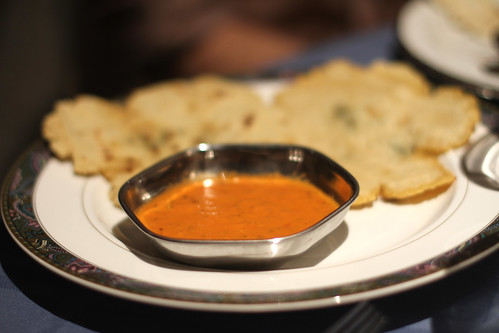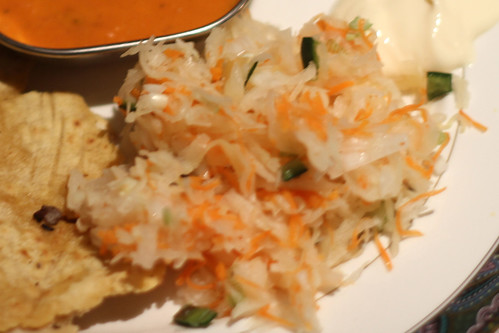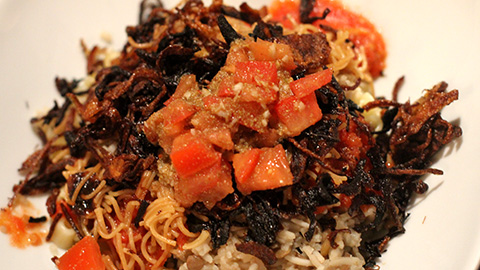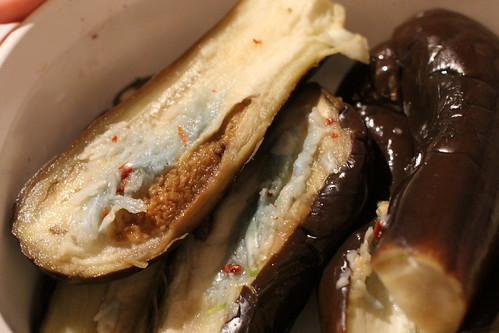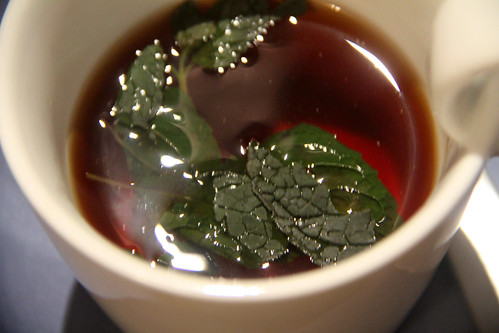 Vikings, Russians, Swedes, Poles, Russians, Germans, Soviets... pretty much, if you were an empire within a few hundred kilometers of Estonia, you probably had dominion over this small country at some point. But things are now going well for the Estonians, who emerged from the USSR with a bang, and now enjoy a strong economy, EU membership, strong civil liberties, and Internet access so pervasive they have online voting. (Thankfully this made finding recipes a lot easier than expected!)
Vikings, Russians, Swedes, Poles, Russians, Germans, Soviets... pretty much, if you were an empire within a few hundred kilometers of Estonia, you probably had dominion over this small country at some point. But things are now going well for the Estonians, who emerged from the USSR with a bang, and now enjoy a strong economy, EU membership, strong civil liberties, and Internet access so pervasive they have online voting. (Thankfully this made finding recipes a lot easier than expected!)
Estonia's at the upper reaches of the Baltic Sea, so the winters are dark and long and cold. Accordingly, the diet is based on hearty grains like barley and rye; root vegetables, like beets and especially potato; and hardy animals like pigs and oily fish from the sea. The weather played the part, with a crisp wind dropping the windchill to the single digits in Fahrenheit. Many of these dishes were prepared in advance, so it took a lot of planning and work starting four days before the meal! Our brave guests for tonight were Catherine, Lech, Jeremy, Caro, Lauren, Elsa, Pete, and Mel.
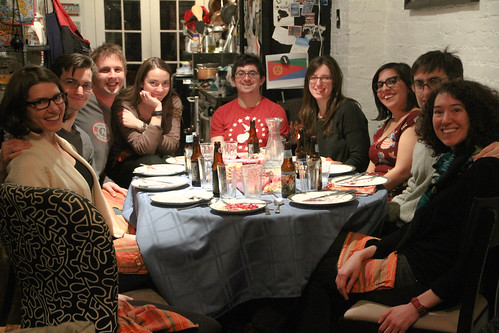
Magushapu rukkleib | Sweet-and-sour dark rye bread | Recipe
What a crazy bread! Four days of fermenting, with added sugar, make for an extremely complex flavor, that truly is both sweet and sour. It sure took a lot of work and attention, especially at the point when I had to punch the dough for fifteen minutes. The gluten got so strong, and the rye so sticky, that it stuck to my fist when I lifted my hand, taking the whole bowl with it sometimes. If you love a really flavorful rye, and have a sourdough starter kicking around and a few days' patience, give it a shot!
Kasukas ehk kihiline peedi-heeringasalat | Herring and root-vegetable salad | Recipe (automatically translated)
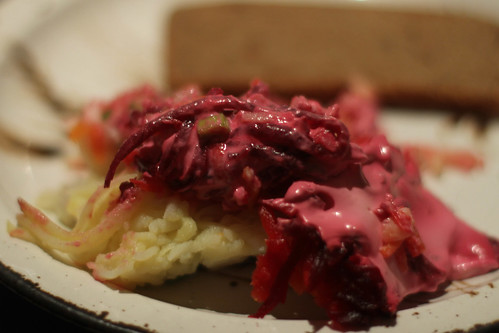
When I went shopping at the Eastern European-focused Net Cost Market in Coney Island — a single ride on the F train from home! — I got a few salads to take home. I chose an attractively layered one, and didn't realize until I got a taste of herring in it that it's actually the same dish I'd just bought the ingredients for. Well, I'm glad I had the preview, because I wasn't entirely confident in the machine translation of the recipe.
To make this dish, you boil carrots, potatoes, and beets, and layer them with onions and pickles, as well as herring. Apparently a nickname for this is "hidden herring salad." With such a pungently-flavored fish, it doesn't take much to get the flavor throughout the whole bite! A rich layer of mayonnaise and sour cream rounds it all out. I'd say we found this much better than we'd expected, indeed, many people took seconds.
Marineeritud seened | Marinated mushrooms | Recipe
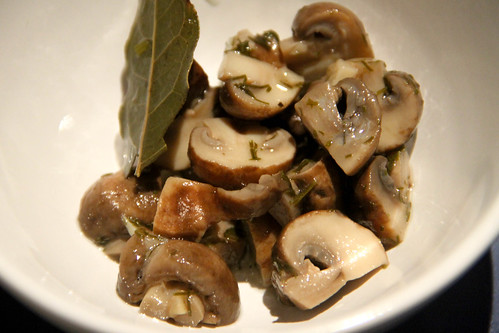
Mushroom picking is a pastime throughout northern Europe, and Estonia is no exception. It's actually surprisingly difficult to find a recipe based on fresh mushrooms, almost all the ones I found started with the canned variety. But I've got a hot tip for you: all you have to do is cut them up and boil them in slightly acidic water for a few minutes, pour your marinade on top, and wait a day. Boom. Tasty snack.
Hapukapsasupp | Sauerkraut soup | Recipe
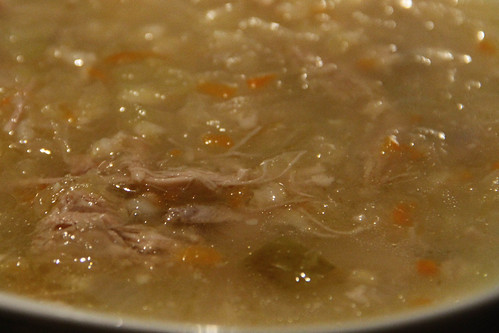
The surprise winner of the meal! Essentially you simmer half a side of pork spareribs until they fall apart, adding stuff along the way like barley and sauerkraut. The recipe calls for three total hours of cooking, but I kept the heat real low and went for about six hours, until it was time to serve, which made the meat oh so tender and the flavors so nicely blended, with a delightful yet restrained sourness. It's easy to see why this tasty and comforting soup is well regarded as a hangover cure.
Verikäkid | Blood dumplings | Recipe
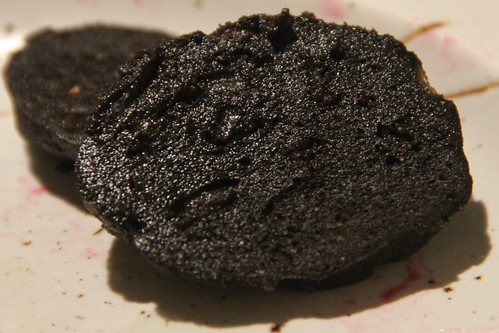
I'm pretty sure people figured out how to make food out of blood in times when animals were scarce and no bit of nutrition could be wasted. Estonia for many centuries was such a country, and even though they're now doing just fine, blood sausage and its easier-to-make cousin, blood dumplings, are arguably the national food. Yet here, in this traditionally abundant land, it's really hard to find animal blood. Thank goodness for the Internet; turns out Esposito's, at 38th and 9th Ave in Hells Kitchen, sells it like it ain't no thang. Pork blood is kinda how you'd expect: red and dark, kinda gross (I'm getting a bit nauseous even writing this!), with little bits in it (clots?) that you filter out.
I mixed the blood with onions, bacon, and barley flour to make big dark potato-shaped dumplings, which I boiled, cooled, sliced, and pan fried. For all the work and weirdness, they were surprisingly low on flavor, though sour cream and jam on the side helped. I'm guessing I put in too much flour which diluted the flavor? Anyway, not adding this to my repertoire, but glad we gave it a try.
Mulgipuder | Potato-barley porridge | Recipe
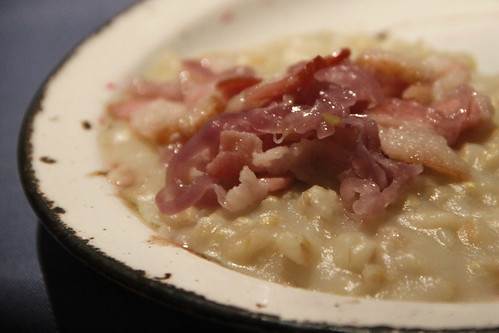
The recipe should really be called "Potato-barley porridge with butter-fried onions and bacon!" This recipe is not your common mashed potatoes, where you boil the spuds, remove the water, then mash them. Here, you boil small cubes of potato with barley (which I soaked overnight), then simmer until they're so soft they break up with a spoon, at which point you keep boiling until it's a thick mush. This would be a hearty but boring dish, except for that you serve it with sauteed onions and bacon. I'm not a bacon freak like some people, but I must admit that this was one darn good improvement to the dish. (We then took some leftover onions and bacon the next morning, sautéed them with a few leftover potatoes which I cubed, and turned that into a frittata. Mmm.)
Pasha | Easter cheesecake | Recipe
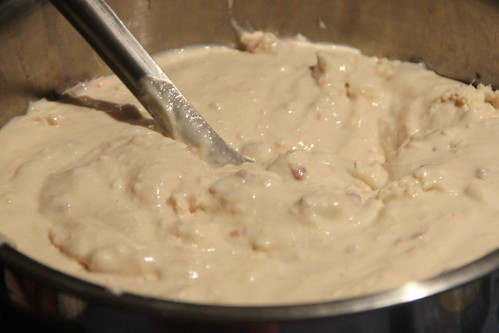
We're still in Lent so I know this was premature, but I felt compelled to make this traditional Easter dish. Butter, farmers cheese, cream cheese and cream all go into this ridiculously rich dish. However, I messed up on the part where you're supposed to strain with a cheesecloth. Frankly put, almost nothing came out, and instead of a thick, sliceable mass, it stayed quite goopy. I think I messed up with the weighting — next time I really need to use a flat plate, and more weight. Oh well, still very tasty.
Kulich | Yeasted spice cake | Recipe
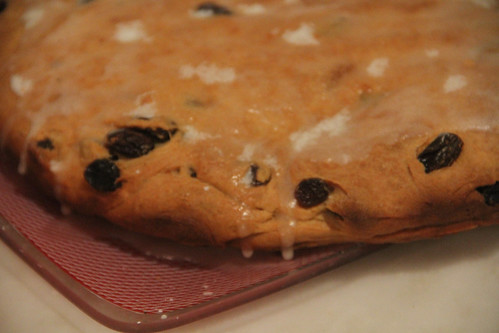
As if the pasha weren't enough, it's traditionally served on this spiced cake made with a yeast dough. It's supposed to be made in a tall tin or coffee can — Laura's guess is that the rising-up is supposed to represent Jesus' ascent to heaven — but I didn't have that so I used a flat springform. Although that would have made for a lower crust-to-sponge ratio, it's definitely tasty, especially with the rum-based icing I used. I've been enjoying munching on it for breakfast the past few days!
Next week we're off to San Francisco, and our first meal from Oceania with Fiji! It's a special collaboration at 18 Reasons, which we're really excited for.
Photos by Laura Hadden, who prefers Estonian music to Estonian food.
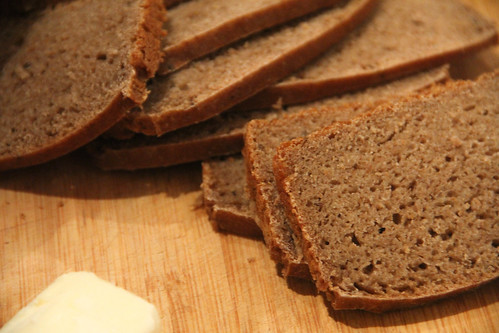
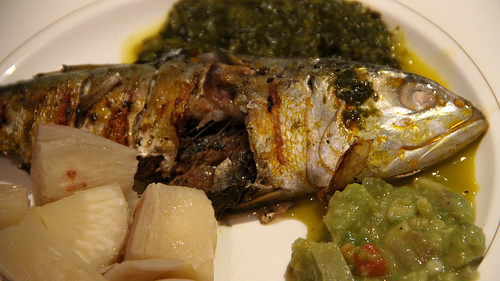
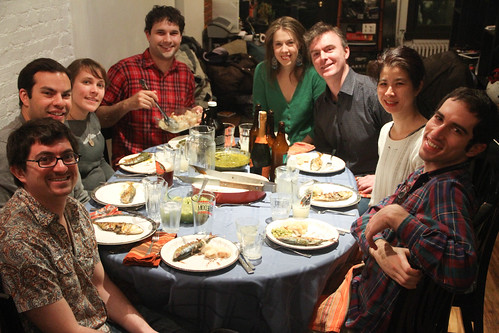

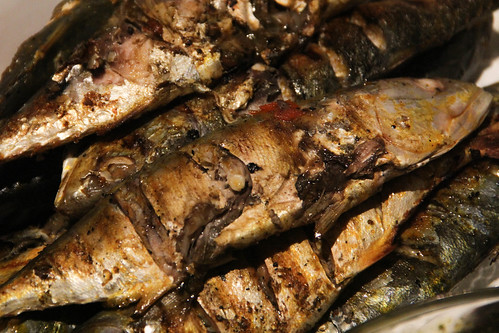
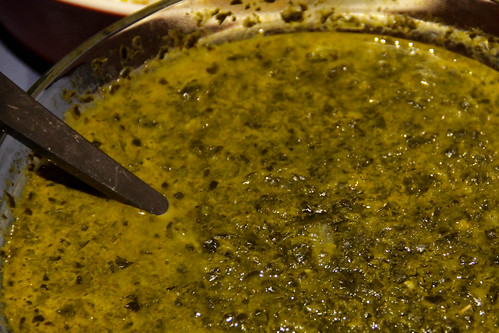
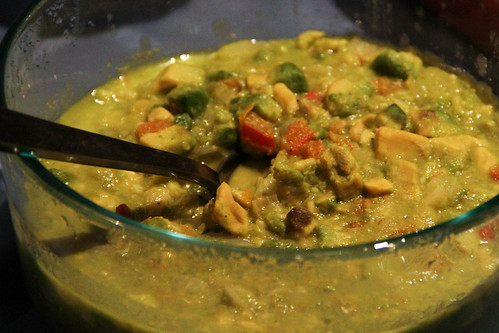
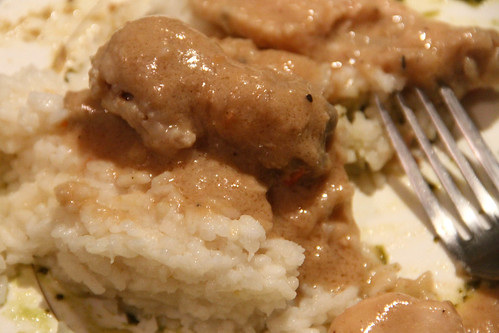
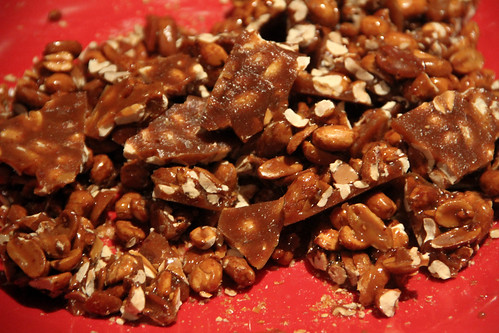
 This wedge-shaped country on the Red Sea has seen a tumultuous history, especially in the past decade and a half: colonization by Italy after the opening of the Suez Canal, being stapled to its larger neighbor Ethiopia in the 1930s when the Italians invaded there too; a thirty-year war for independence that finally ended in 1991; and since then a highly autocratic government that is intolerant of any dissent. (Oh, and a border war with Ethiopia for good measure in the late '90s.)
This wedge-shaped country on the Red Sea has seen a tumultuous history, especially in the past decade and a half: colonization by Italy after the opening of the Suez Canal, being stapled to its larger neighbor Ethiopia in the 1930s when the Italians invaded there too; a thirty-year war for independence that finally ended in 1991; and since then a highly autocratic government that is intolerant of any dissent. (Oh, and a border war with Ethiopia for good measure in the late '90s.)








